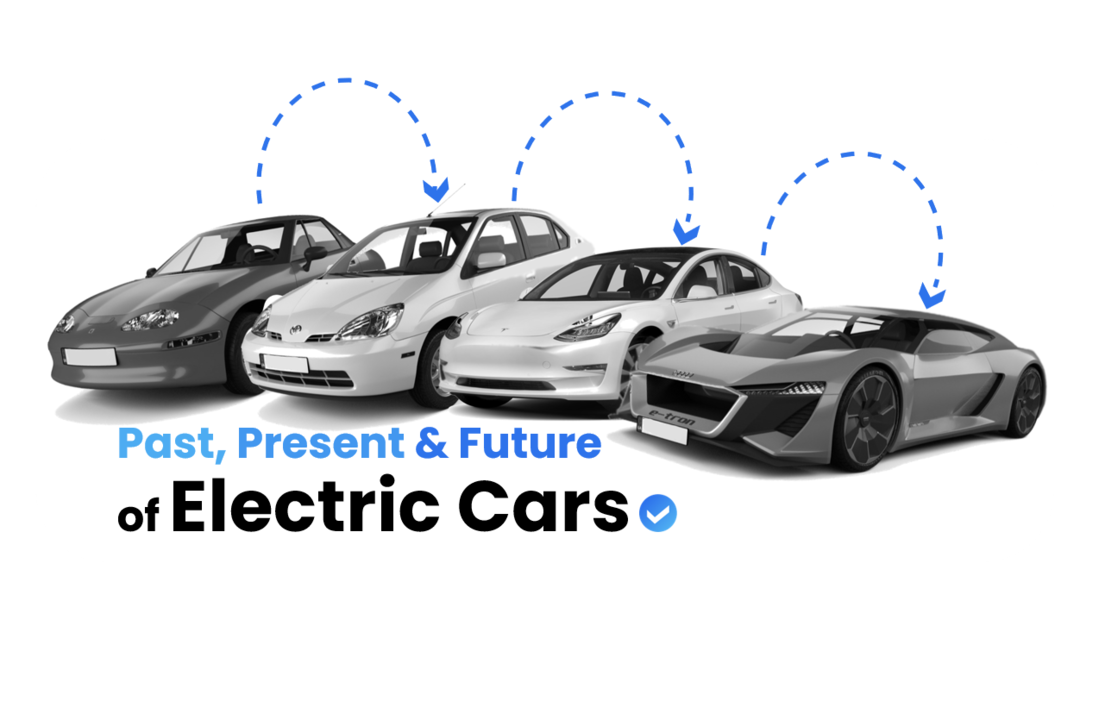The Evolution of the Electric Car: Past, Present, and Future Full Specification

Category: Automotive Vehicles
-
Sub Category: Automotive Vehicles
The Evolution of the Electric Car: Past, Present, and Future
The Evolution of the Electric Car: Past, Present, and Future
Electric cars have come a long way since their commencement, evolving from niche inventions to mainstream vehicles shaping the future of transportation. The trip of the electric auto is a fascinating tale of technological invention, environmental knowledge, and request dynamics. This composition explores the history, present, and future of electric cars , pressing crucial mileposts and examining what lies ahead.
The Past Early Beginnings and Setbacks
The Birth of Electric Vehicles
The history of electric cars dates back to the early 19th century. In the 1820s and 1830s, formulators in Hungary, the Netherlands, and the United States created some of the first small- scale electric vehicles. still, it wasn't until 1832 that Scottish innovator Robert Anderson developed the first crude electric carriage powered bynon-rechargeable primary cells.
The late 19th and early 20th centuries marked the golden age of electric vehicles( EVs). By 1899, electric cars were among the best- dealing motorcars in the United States. They were popular in civic areas due to their ease of use, quiet operation, and the fact that they did not bear the homemade trouble demanded to start gasoline cars of that period. specially, the Fritchle electric auto, introduced in 1908, boasted a range of 100 long hauls per charge, emotional indeed by moment’s norms.
The Decline
Despite their early success, electric cars began to decline in the 1920s. The invention of the electric starter for gasoline cars by Charles Kettering in 1912 made gasoline vehicles easier to operate. also, the discovery of vast petroleum reserves and the mass product ways perfected by Henry Ford significantly reduced the cost of gasoline cars . By the 1930s, electric vehicles had largely dissolved from the request.
The Present Revival and Rapid Growth
The Resurgence of Interest
The oil painting heads of the 1970s revivified interest in indispensable energy vehicles, including electric cars . Environmental enterprises and advances in battery technology led to renewed sweats to develop feasible EVs. The preface of the General Motors EV1 in themid-1990s, though short- lived, marked a significant corner in the ultramodern history of electric cars .
The Tesla Revolution
The 21st century brought a major advance with the founding of Tesla Motors in 2003. Tesla’s Roadster, released in 2008, was the first trace-legal electric vehicle to use lithium- ion battery cells and achieved a range of over 200 long hauls per charge. This marked a turning point, proving that electric cars could contend with gasoline vehicles in terms of performance and range.
Government Support and request Expansion
Government programs have played a pivotal part in the relinquishment of electric cars . subventions, duty impulses, and strict emigration regulations have encouraged both manufacturers and consumers to embrace electric vehicles. Countries like Norway, where electric cars now make up over half of all new auto deals, illustrate the impact of probative programs.
Advances in Battery Technology
Modern electric cars profit from significant advances in battery technology. Lithium- ion batteries have come more effective, durable, and affordable. Companies are investing heavily in exploration to develop indeed better batteries, similar as solid- state batteries, which promise advanced energy viscosity and briskly charging times.
The Current Market
Today, the electric vehicle request is fleetly expanding. Major automakers like General Motors, Volkswagen, and BMW have launched their own lines of electric cars . Models like the Chevrolet Bolt, Nissan Leaf, and BMW i3 are popular choices. also, the luxury member, led by Tesla’s Model S, Model 3, and Model X, has shown that electric cars can be desirable and aspirational.
The Future Innovation and Integration
Continued Technological Advancements
The future of electric cars is bright, with nonstop advancements on the horizon. Battery technology will probably see farther advancements, adding range and reducing charging times. Solid- state batteries, which use a solid electrolyte rather of a liquid one, are anticipated to offer significant benefits, including lesser energy viscosity and enhanced safety.
Autonomous Electric Vehicles
One of the most instigative developments is the integration of electric vehicles with independent driving technology. Companies like Tesla, Waymo, and Uber are investing heavily in tone- driving technology, which could transfigure how we use cars . Autonomous electric vehicles( AEVs) promise increased safety, effectiveness, and convenience, potentially revolutionizing civic mobility.
Charging structure Expansion
The expansion of charging structure is pivotal for the wide relinquishment of electric vehicles. Governments and private companies are investing in the development of fast- charging networks. inventions like wireless charging and vehicle- to- grid( V2G) technology, which allows cars to return electricity to the grid, will further enhance the convenience and mileage of electric vehicles.
